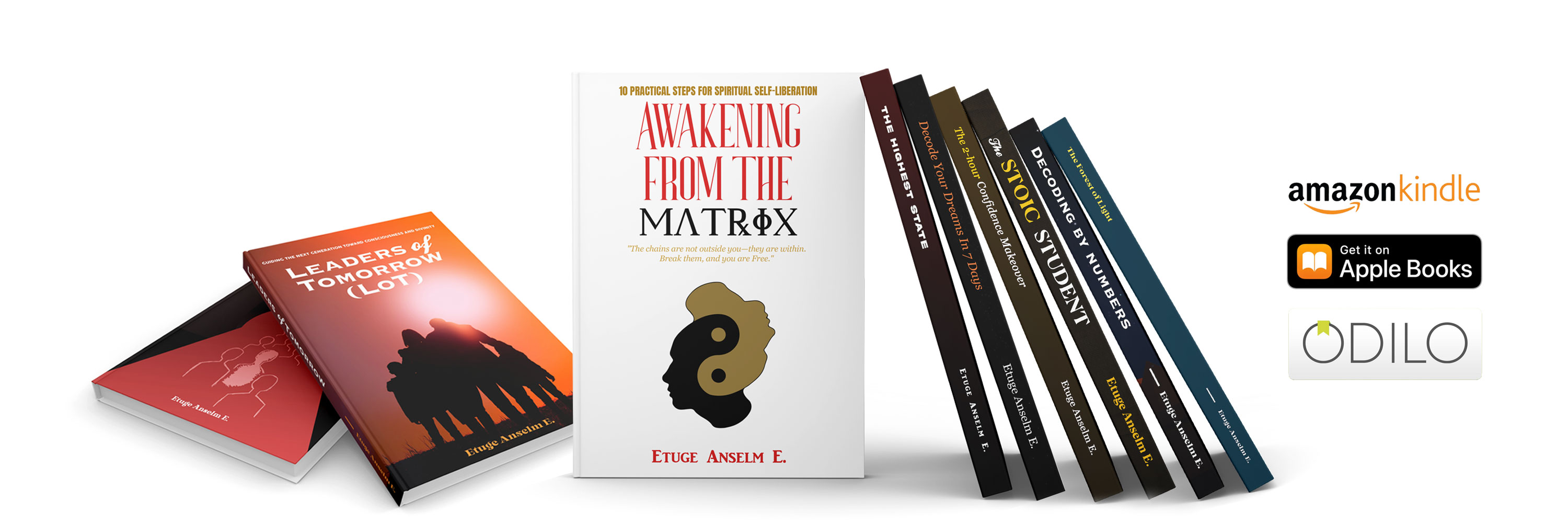Ever feel overwhelmed by the endless parade of marketing tools flooding your LinkedIn feed? You’re not alone. While everyone’s buzzing about the latest AI-powered this or automated that, some of the most powerful MarTech solutions are quietly making waves under the radar.
So we’re pulling back the curtain on 15+ unsung heroes that could transform your content strategy in 2025.
These aren’t your typical flashy platforms – they’re the workhorses that top marketers rely on daily but rarely talk about. Some are digital, others surprisingly low-tech, but each one fills a crucial gap that could take your marketing from good to exceptional.

1. Airtable for Agile Content Collaboration
Airtable combines the flexibility of spreadsheets with the power of databases, making it a must-have for content teams. Plan campaigns, track deliverables, and collaborate seamlessly.
Use Case: Map out a year-long content calendar with deadlines, responsibilities, and custom fields for performance metrics. Integrate with tools like Slack to keep everyone aligned.
2. Notion for Comprehensive Content Management
Notion is more than a note-taking app — it’s a hub for centralizing your content strategy. Manage workflows, store brand guidelines, and track campaign results in one unified space.
Use Case: Use Notion to create living documents that outline editorial processes, ensuring your content strategy stays organized and accessible to your team.
3. Screaming Frog for In-Depth SEO Analysis
While many focus on mainstream SEO tools, Screaming Frog’s crawler is perfect for discovering technical SEO issues that could hinder your content’s visibility.
Use Case: Analyze your website for broken links, duplicate content, or missing metadata to improve your search engine rankings and user experience.
4. AnswerThePublic for Content Ideation
AnswerThePublic helps uncover the questions your audience is asking. By visualizing search queries, it provides inspiration for blogs, FAQs, and video content.
Use Case: Use it to generate long-tail keyword ideas for niche topics, ensuring your content addresses your audience’s most pressing concerns.
5. Hotjar for Behavioral Insights
Hotjar is a heatmap and user feedback tool that helps you see how visitors interact with your website. Use this data to optimize content layouts and improve engagement.
Use Case: Identify sections of your landing pages that users frequently ignore, and adjust design or messaging to boost conversions.
6. Lumen5 for Quick Video Creation
Lumen5 simplifies video production, transforming text-based content into engaging visual formats. It’s perfect for marketers with limited design resources.
Use Case: Repurpose a high-performing blog post into a short, shareable video for LinkedIn or Instagram Stories.
7. Toggl for Time Tracking
Toggl isn’t just for project managers. Marketers can use it to identify time drains in their workflows, ensuring more productive use of their resources.
Use Case: Measure how much time is spent on brainstorming versus execution to refine team processes and improve efficiency.
8. Typeform for Interactive Content
Typeform creates conversational forms and surveys that engage users and gather insightful data. Use it to enhance user experiences.
Use Case: Embed a quiz on your website to capture leads while offering personalized content recommendations.
9. Miro for Visual Collaboration
Miro’s virtual whiteboard platform is perfect for brainstorming and visualizing content strategies. It fosters team creativity, even in remote setups.
Use Case: Host a virtual brainstorming session with team members to outline a campaign’s goals, target audience, and content themes.
10. CoSchedule Headline Analyzer for Copy Optimization
First impressions matter, and CoSchedule’s Headline Analyzer ensures your content headlines are compelling and click-worthy.
Use Case: Test several headline variations for your next blog post, and use the insights to choose the one most likely to grab your audience’s attention.
11. TextExpander for Content Efficiency
TextExpander saves time by letting you create shortcuts for frequently used phrases, email templates, or social media captions.
Use Case: Develop content snippets for quick responses to customer inquiries or repetitive tasks, allowing your team to focus on more strategic efforts.
12. Clearbit for Audience Intelligence
Clearbit enriches your data by providing detailed profiles of your leads and customers. Use it to refine your content personalization strategy.
Use Case: Segment your email list based on enriched data like job titles or industry to tailor campaigns more effectively.
13. Grammarly Business for Polished Copy
Grammarly Business goes beyond spelling and grammar, offering suggestions for tone and clarity to ensure professional-grade content.
Use Case: Use it to proofread blogs, email campaigns, or social media captions, maintaining your brand’s voice and reputation.
14. Planable for Social Media Coordination
Planable simplifies social media management by allowing teams to create, collaborate, and schedule posts on one platform.
Use Case: Plan and preview a multi-platform campaign to ensure consistency in tone, visuals, and timing.
15. BuzzSumo for Content Performance Insights
BuzzSumo helps you analyze trending topics, competitors, and content performance metrics, making it indispensable for a data-driven strategy.
Use Case: Identify which topics are gaining traction in your industry and adjust your strategy to capitalize on those trends.
16. Databox for Marketing Dashboards
Databox lets you create dashboards to visualize key performance indicators (KPIs) from various tools, offering a real-time overview of your strategy’s effectiveness.
Use Case: Monitor campaign performance across channels by consolidating data from Google Analytics, HubSpot, and social media platforms.
Conclusion
Your MarTech stack should be as dynamic and innovative as your content strategy. By incorporating overlooked tools like these, you can enhance your team’s productivity, deliver more engaging content, and achieve greater success in 2025.
Don’t just follow trends — find the tools that align with your unique goals and empower your marketing efforts.












